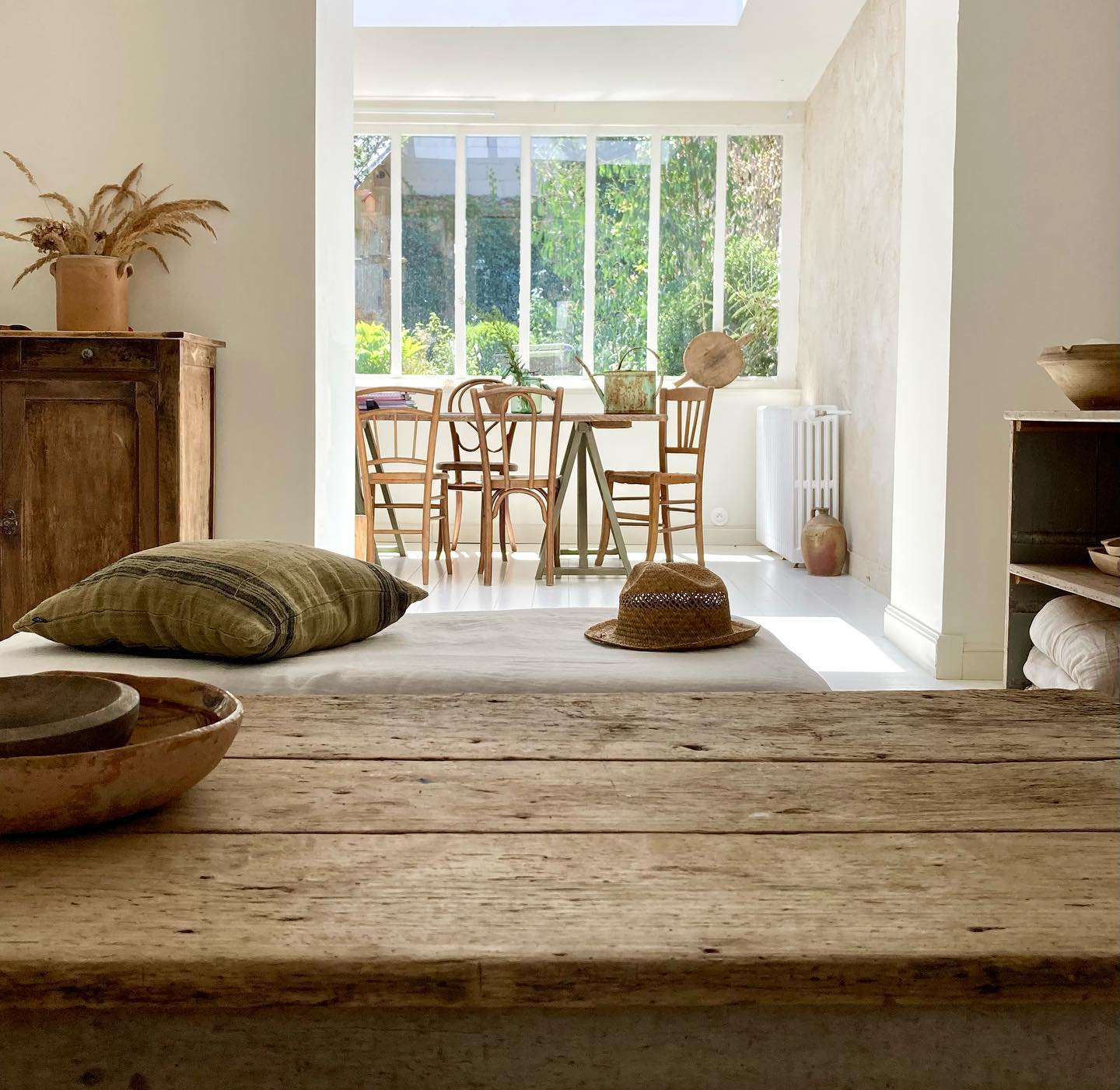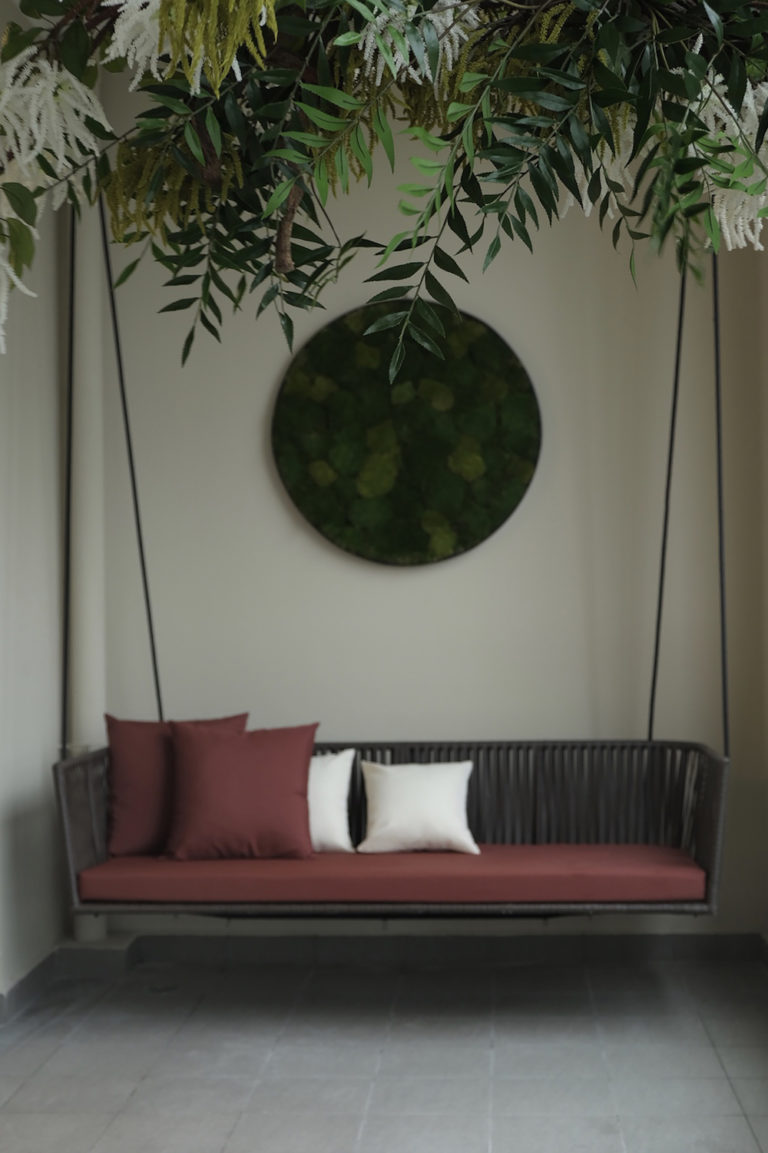3 Types Of Payment When Buying Property in Dubai
Over the past few years, property for sale in Dubai the UAE has become one of the most attractive sectors for investments in the world. More and more people want to become the owners of a residential unit in a sunny metropolis, but not everyone can afford to make an initial deposit or to cover the entire cost in one shot. So, local real estate developers have made concessions and implemented the following instalment plans.

Payment after transfer
A common way to cover the cost of real estate is to pay after the transfer of ownership. As the name suggests, the buyer pays after the housing unit becomes his own. The payment terms can take up to 3-10 years, depending on the conditions determined by the sale agreement. However, before transferring the property, a new potential homeowner should make a down payment. This amount is set by a current owner or a property developer.
In Dubai, payment plans for residential units after transferring the right of ownership to the buyer were first used in 2013 for larger projects supported by the state. With the help of growing popularity, they were also adopted by private developers.
Investors who aim at rental income use this type of instalment the most. It is one of the most convenient options, because after the initial deposit is paid and the right of ownership is transferred, they can use the rent to pay off the remaining amount right away.
Rental properties in Dubai pay off fairly quickly. This fact has contributed to the popularity of this plan. End users (i.e. buyers who will live in the acquired real estate) often opt for it too, as it allows them to settle into their new home while continuing to pay off the remaining amount.
The pros of paying for real estate after the right of ownership transfer:
- The interest rate after transfer is 0%;
- For the investor, this type of plan provides significant savings, as he can use the rental fees to cover the installments on the purchase price;
- As a rule, instalments can be structured over a period of time in each specific case.

Payment for off-plan units and upon the transfer
Another common way to cover the cost of real estate is paying for an off-plan unit and upon the transfer. As an example, if a buyer uses the 60:40 instalment plan, he should cover 60% during the construction of the building and 40% after the transfer of property. The most common ratios are:
- 20:80. The buyer pays 20% in installments during construction, and then pays the remaining 80% the building is commissioned. If needed, he can use the mortgage to pay off the rest amount.
- 40:60. The buyer pays 40% during construction, 60% - after the property transfer.
- 50:50. The buyer pays the first half of the amount during construction, the second half - after the transfer.
Other ratios, such as 70:30, 25:75, etc., can be used with this method. Developers set plans in their own manner.
Below are the pros of paying for an off-plan real estate and upon the property transfer:
- This plan has the minimum risk for buyers, since there are no specific deadlines and it is connected to the construction process;
- The developer is interested to complete the project on time, as he needs to maintain a stable cash flow;
- Depending on the chosen plan, the buyer can easily take out a mortgage loan at the time of the real estate transfer to cover the remaining amount of the property value.
Rent-to-own
Rent-to-own is a popular method of home ownership in many countries, which applies only to ready-to-move-in residential premises. It means that end users make monthly rental fees, which cover the initial deposit at the same time. This is the best option for people who do not have enough financial resources to pay this percentage.
According to this payment model, a landlord and a tenant sign a rental agreement on a certain period of time. If the terms of this agreement are complied by both parties, the tenant will become the buyer of the living unit mentioned above.

With this strategy, the tenant is able to use the rental fees as down payments.
The pros of a rent-to-own strategy are the following:
- Rent-to-own allows a person to start settling into a home of their choice without taking out a mortgage or making a big down payment;
- This strategy can be helpful to those who do not have enough funds to make a down payment because of lack of private savings or the inability to get a mortgage due to bad credit history;
- With a rent-to-own strategy, people can usually move into a home within a week or two after the transaction is concluded and the paperwork is done.
Assistance with buying property in Dubai
With the help of the payment schemes mentioned above, even investors and end users on a tight budget will be able to afford premium properties in Dubai’s most elite communities. To find a residential unit that suits your personal preferences and financial capabilities, visit the official Emirates.Estate website. The up-to-date aggregator’s catalog has the highest quality and best offers in the UAE market.






